Linear shape from shading
Simple example illustrating the linear shading approximation:
(with Edward Adelson, MIT)
Range image (left), rendered with Lambertian shading (right):
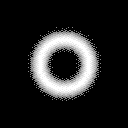
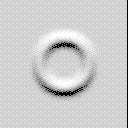
Linear, quadratic, and higher order shading components:


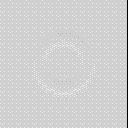
Linear shape from shading, applied to Lambertian image (left) and
linearly shaded image (right):
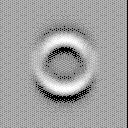
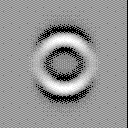
We see that the effect of the linear component of shading
often dominates the reconstructed shape. The resulting shape from
shading algorithm is very simple: one essentially applies the linear
inverse filter to the linear shading derivative filter.
Linear shape from shading, using steerable pyramid:
The steerable pyramid offers a simple, biologically plausible method
to compute the shape of an input image, assuming linear shading.
Decompose the input image into a steerable pyramid. Steer the
coefficients, according to the assumed light direction. Reconstruct
the pyramid, replacing coefficient values perpendicular to the light
direction with the steerable Hilbert transformed coefficients.
Original image:
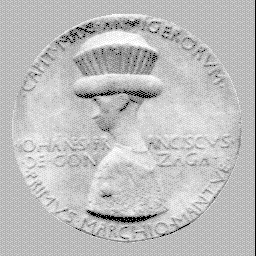 Reconstructed shape:
Reconstructed shape:
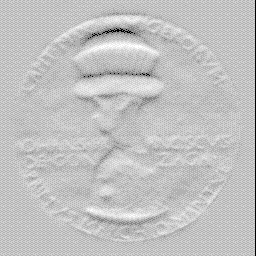
References
W. T. Freeman, E. H. Adelson and A. P. Pentland,
Shape-from-shading analysis with bumplets and shadelets,
Invest. Opthal. and Visual Sci. Suppl. (ARVO), p. 410, 1990.
W. T. Freeman and E. H. Adelson,
The design and use of steerable filters,
IEEE Trans. on Pattern Analysis and Machine Intelligence,
vol. 13, no. 9, pp. 891 - 906, September, 1991.
MIT Vision and Modeling Group TR 126.
A. P. Pentland, Linear shape from shading, Intl. J. Computer Vision,
vol. 1, no. 4, pp. 153--162, 1990.
E. P. Simoncelli and W. T. Freeman,
The steerable pyramid: a
flexible architecture for multi-scale derivative computation, 2nd
Annual IEEE Intl. Conference on Image Processing, Washington, DC.
October, 1995.
MERL-TR95-15.
E. P. Simoncelli, W. T. Freeman, E. H. Adelson and D. J. Heeger.
Shiftable Multi-Scale Transforms.
IEEE Trans. Information Theory, Special Issue on Wavelets.
Vol. 38, No. 2, pp. 587-607, March 1992.
Abstract /
Full (1.1M)









 Reconstructed shape:
Reconstructed shape:
